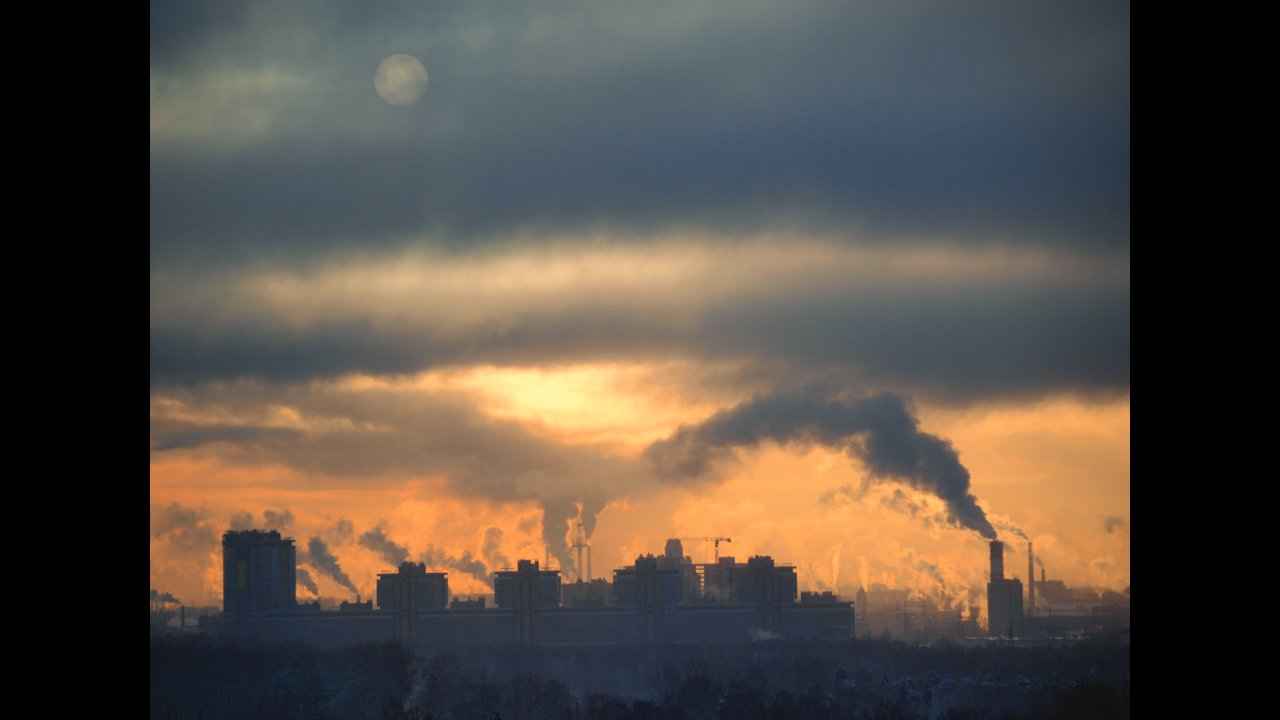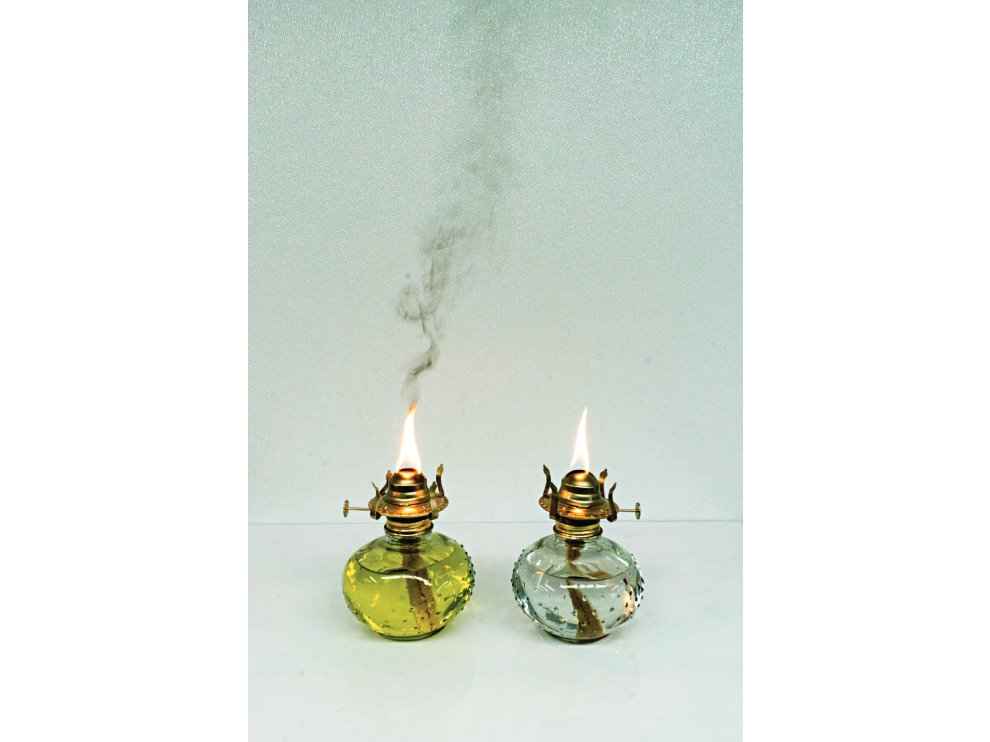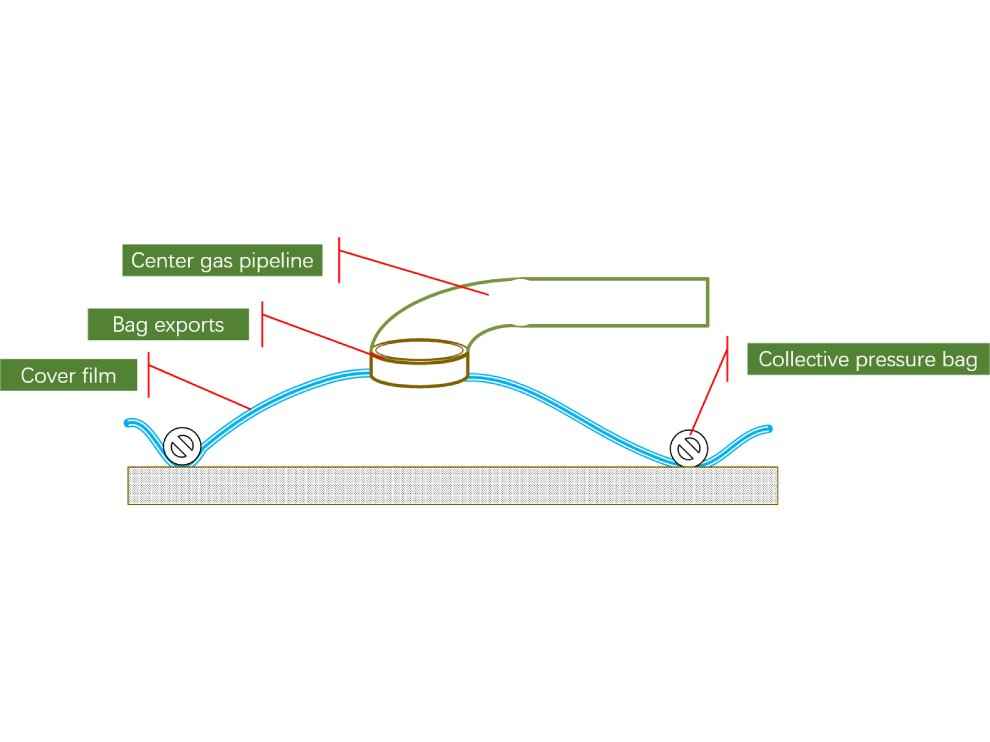Here are some Green Technologies you must know about

There are three primary areas of concern where it is crucial for technologies and methods to prevent further deterioration of the global ecosystem. These are the removal of greenhouse gases from the atmosphere, the removal of plastic waste, particularly from the oceans, and preventing the ice caps, as well as the permafrost from melting.
 Survey
SurveyCarbon sequestration
while there are global efforts to reduce the amount of carbon dioxide emitted into the atmosphere, a number of emerging technologies are focusing on artificial ways to remove the carbon already dumped into the atmosphere. The first carbon capture plant was proposed in 1938, and was first implemented in 1972 at the Ridge oilfield in Texas. The idea is pretty simple, the carbon dioxide released from industrial sources is captured at the point of emission, and funneled to deep deposits within the Earth, such as depleted oil reservoirs or unmineable coal seams. There are over forty large scale carbon capture and storage facilities around the world.However, all these facilities are together just capturing one percent of the carbon that is necessary to meet the conditions of the Paris Agreement by 1940. The captured carbon dioxide can actually make it easier to extract oil from the ground. Instead of depleted reservoirs, the carbon is injected into existing oil reserves, making it easier for energy companies to extract the oil. The carbon dioxide then remains within the reservoirs, replacing the oil.

A physicist from Harvard, David W. Keith has started a company funded by Bill Gates called Carbon Engineering. The company has developed technologies to capture carbon dioxide directly from the air.Essentially, fans are used to run the air through chemical processes, where the carbon is passed over a solvent. The technology developed by Carbon Engineering just needs water and energy, with the output being a pure stream of compressed carbon dioxide. The company has proved their capturing technology by running a plant for a year, extracting a tonne of pure carbon dioxide for every day of the year. The collected carbon was released back to the atmosphere, but Carbon Engineering has another innovation up its sleeve that can put the carbon dioxide to good use. The idea is to use the captured carbon dioxide to make a clean burning fuel, that can be used to power everything from cars to airplanes.This patented and trademarked technology is called Air to Fuels, and is a proposed replacement for crude oil. The fuel is compatible with existing vehicles, and can be used without any further modifications. Additionally, the fuel can be blended with traditional fuels to any extent, to allow for progressive reduction in emissions. While electrifying cars is viable, aircraft and ships need the high energy density of liquid fuel, and Carbon Engineering hopes to serve that need with its Air to Fuels technology. The fuel can be blended with traditional fuels to any extent, to allow for progressive reduction in emissions.While electrifying cars is viable, aircraft and ships need the high energy density of liquid fuel, and Carbon Engineering hopes to serve that need with its Air to Fuels technology. The fuel can be blended with traditional fuels to any extent, to allow for progressive reduction in emissions. While electrifying cars is viable, aircraft and ships need the high energy density of liquid fuel, and Carbon Engineering hopes to serve that need with its Air to Fuels technology.
Researchers from the Earth Institute at Columbia University, have developed what they call "synthetic trees" to remove carbon dioxide from the atmosphere at faster rates than natural trees. These synthetic trees can line highways or form forests on their own, and be used to extract carbon dioxide from the atmosphere at massive scales. The trees consume very little energy during the carbon capture process, and use proprietary technology to passively absorb carbon dioxide from the air – no fans. The expected life span of each tree is about 15 years, and captured gas can be sold as a nutrient for farms, used to make carbonated drinks, or dry ice.
Plastic waste
In the oceans, there are vortexes of garbage that just keep growing every year. These garbage patches exist in both the northern and southern Atlantic and Pacific oceans, as well as the Indian ocean. The biggest of these is called the great pacific garbage patch, which is actually made up of two garbage patches stretching from Japan to the islands of Hawaii. The Ocean Cleanup project has developed technologies to remove plastic pollutants from the oceans, by using free floating inflated structures with a suspended membrane below it to trap the plastics, which can then be picked up by ships. The inflatable structures, or collection booms are loaded with sensors to track them, and the whole system works using just the natural currents of the ocean. Aquatic fauna are not affected by the floats, and can safely move beneath the membrane.
Microplastics are used in cosmetics such as soap, shampoo, shower gels and facial scrubs to exfoliate the skin and remove dirt. These microplastics then make their way into water bodies, and are too small to be picked up by filtration processes. They make their way to the oceans, where they are consumed by fish, and then enter the food chain. Every time you eat sea food, it probably contains microplastics that someone else washed their face with! In 2019, an 18 year old teen from Ireland named Fionn Ferreira won the Google Science fair prize of $ 50,000 for his method to extract microplastics from the ocean. Ferreira's approach involves using a combination of oil and magnetite to create a ferrofluid, which is introduced to the water with the microplastics. The microplastics within the water are attracted to the ferrofluid, and bind with it. Magnets are then used to retrieve the ferrofluid along with the attached microplastics. What remains behind is just the water. Ferreira hopes to use the prize money to find ways to scale the technology up for widespread deployment.
Melting ice caps
There is nothing we can really do to stop the Arctic from warming further. Even if all carbon dioxide emissions stop tomorrow, the Arctic region is still going to be five degrees warmer by the middle of the century. The temperature rise in the Arctic region is “locked in”. It is going to happen. The problem is that this means that the permafrost in the region would melt as well. Trapped within the permafrost is tens of thousands of years of carbon and methane. If released into the atmosphere, they could significantly derail the global efforts to keep temperature levels from rising beyond 2 degrees (compared to pre-industrial times). The greenhouse gases emitted by thawing permafrost can accelerate climate change further, and a feedback loop would be formed. The melting permafrost would lead to a rise in temperatures, that would subsequently cause more permafrost to melt, etc. Permafrost extends to 5000 feet below the surface in many places, and just the top 3 feet contains twice as much carbon dioxide than what the Earth's atmosphere already contains. By the end of 2100, 21 gigatons of greenhouse gases are expected to be released into the atmosphere. By 2200, the global economic cost of the release is projected to be around $ 60 trillion. Joyce Msuya, UN Environment's Acting Executive Director, says, "What happens in the Arctic does not stay in the Arctic." We have the science; now more urgent climate action is needed to steer away from tipping points that could be even worse for our planet than we first thought. " The methane trapped in the permafrost is a ticking time bomb. Permafrost extends to 5000 feet below the surface in many places, and just the top 3 feet contains twice as much carbon dioxide than what the Earth's atmosphere already contains. By the end of 2100, 21 gigatons of greenhouse gases are expected to be released into the atmosphere. By 2200, the global economic cost of the release is projected to be around $ 60 trillion. Joyce Msuya, UN Environment's Acting Executive Director, says, "What happens in the Arctic does not stay in the Arctic." We have the science; now more urgent climate action is needed to steer away from tipping points that could be even worse for our planet than we first thought. " The methane trapped in the permafrost is a ticking time bomb. Permafrost extends to 5000 feet below the surface in many places, and just the top 3 feet contains twice as much carbon dioxide than what the Earth's atmosphere already contains. By the end of 2100, 21 gigatons of greenhouse gases are expected to be released into the atmosphere. By 2200, the global economic cost of the release is projected to be around $ 60 trillion. Joyce Msuya, UN Environment's Acting Executive Director, says, "What happens in the Arctic does not stay in the Arctic." We have the science; now more urgent climate action is needed to steer away from tipping points that could be even worse for our planet than we first thought. " The methane trapped in the permafrost is a ticking time bomb. 21 gigatons of greenhouse gases are expected to be released into the atmosphere. By 2200, the global economic cost of the release is projected to be around $ 60 trillion. Joyce Msuya, UN Environment's Acting Executive Director, says, "What happens in the Arctic does not stay in the Arctic." We have the science; now more urgent climate action is needed to steer away from tipping points that could be even worse for our planet than we first thought. " The methane trapped in the permafrost is a ticking time bomb. 21 gigatons of greenhouse gases are expected to be released into the atmosphere. By 2200, the global economic cost of the release is projected to be around $ 60 trillion. Joyce Msuya, UN Environment's Acting Executive Director, says, "What happens in the Arctic does not stay in the Arctic." We have the science; now more urgent climate action is needed to steer away from tipping points that could be even worse for our planet than we first thought. " The methane trapped in the permafrost is a ticking time bomb. now more urgent climate action is needed to steer away from tipping points that could be even worse for our planet than we first thought. " The methane trapped in the permafrost is a ticking time bomb. now more urgent climate action is needed to steer away from tipping points that could be even worse for our planet than we first thought. " The methane trapped in the permafrost is a ticking time bomb.

Climate CoLab has come up with an innovative method of capturing the released greenhouse gases from the melting permafrost. This would involve covering large portions of permafrost in Russia and Canada with films and pressure bags. Fans would then be used to capture the emitted greenhouse gases, and transport them through pipes to collection centers. Here, the collected gas would be compressed, condensed and stored in tanks with liquified gas. Essentially, the method suggests the widespread mining of surface natural gas, a plan that can be implemented by startups, energy companies or the governments in the nations with permafrost. The cost of the mining is expected to be more than other methods of mining natural gas, but the benefits are going to be worth it.
Russian father and son duo, Sergey Zimov and Nikita Zimov have suggested a more natural approach to prevent the permafrost from melting. The idea is to bring back grazing animals to an area in the remote northern reaches of Russia, known as the Pleistocene Park, which is a nature reserve. In the ice age, the region had large populations of grazing animals, including bison, moose, mammoths, pleistocene camels, reindeer and musk oxen. These animals would trample through the snow, compacting it and reducing the temperature. At the Pleistocene Park, there are efforts being made to bring back the northern subarctic steppe grassland ecosystem, an extensive biome known as the mammoth steppe. During the last glacial period, the arctic region was covered with grasslands. After the grazing animals consumed the grass, they would return feces and urine to the landscape, which acted as fertilizer, encouraging further growth of grass. The wooly mammoths were particularly instrumental in taking the landscape. At the Pleistocene Park, efforts are underway to use oxen, horses and wild Bactrian camels to serve the same function as the extinct megafauna.
Aditya Madanapalle
Aditya Madanapalle, has studied journalism, multimedia technologies and ancient runes, used to make the covermount DVDs when they were still a thing, but now focuses on the science stories and features. View Full Profile